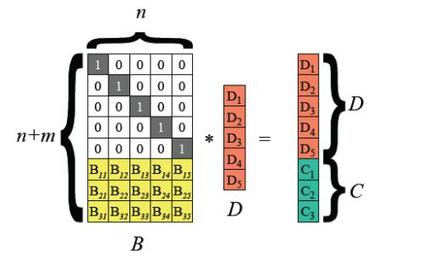We continue the study of rateless codes for transmission of information across channels whose rate of erasure is unknown. In such a code, an infinite stream of encoding symbols can be generated from the message and sent across the erasure channel, and the decoder can decode the message after it has successfully collected a certain number of encoding symbols. A rateless erasure code is real-time oblivious if rather than collecting encoding symbols as they are received, the receiver either immediately decodes or discards each symbol it receives. Efficient real-time oblivious erasure correction uses a feedback channel in order to maximize the probability that a received encoding symbol is decoded rather than discarded. We construct codes which are real-time oblivious, but require fewer feedback messages and have faster decoding compared to previous work. Specifically, for a message of length $k'$, we improve the expected complexity of the feedback channel from $O(\sqrt{k'})$ to $O(1)$, and the expected decoding complexity from $O(k'\log(k'))$ to $O(k')$. Our method involves using an appropriate block erasure code to first encode the $k'$ message symbols, and then using a truncated version of the real-time oblivious erasure correction of Beimel et al (2007) to transmit the encoded message to the receiver, which then uses the decoding algorithm for the outer code to recover the message.
翻译:我们继续研究用于在加密速度未知的频道之间传递信息的无率代码。 在这样的代码中, 可以从信息中生成无限的编码符号流, 并发送到删除频道, 解码器可以在成功收集到一定数量的编码符号后解码信息。 一个无率加密代码是实时的, 如果接收到的不是收集编码符号, 接收者要么立即解码, 要么丢弃它收到的每个符号。 高效的实时模糊删除校正更正使用反馈渠道, 以便最大限度地提高收到编码符号解码而不是丢弃的概率。 我们创建的代码是实时模糊的, 但是需要更少的反馈信息, 并且比以往的工作更快解码。 具体地说, 一个长度为$k$( sqrt{k}) 的信息, 我们将反馈渠道的预期复杂性从$O( k\log) 提高到$( k) $( k) ), 以及预期的解码的复杂性从 $O( k) 到 $( k) 美元( ) 到 $( ) 美元) 正在恢复的代码到现在的加密邮件的加密版本。 我们的方法需要使用一个适当的系统代码, 解码, 。




